10 Things I did Differently on my Most Recent Vacation With Migraine

THIS HAT was invaluable on this trip! hands down best one I’ve used.
Hi everyoneeeee. I just got back from a 14 day trip to Tahiti with my family, my biggest migraine win in years! For so long, anything but essential travel has been off the table. Being able to take on an international + long trip was something I’d truly wondered if I’d be able to ever do again, and an opportunity I am beyond grateful for. Every time I travel, I feel like my migraine toolkit grows, and I become better equipped with improved ways to manage this tricky condition.
Here are 10 things I learned (and did differently on this trip) that I found beneficial:
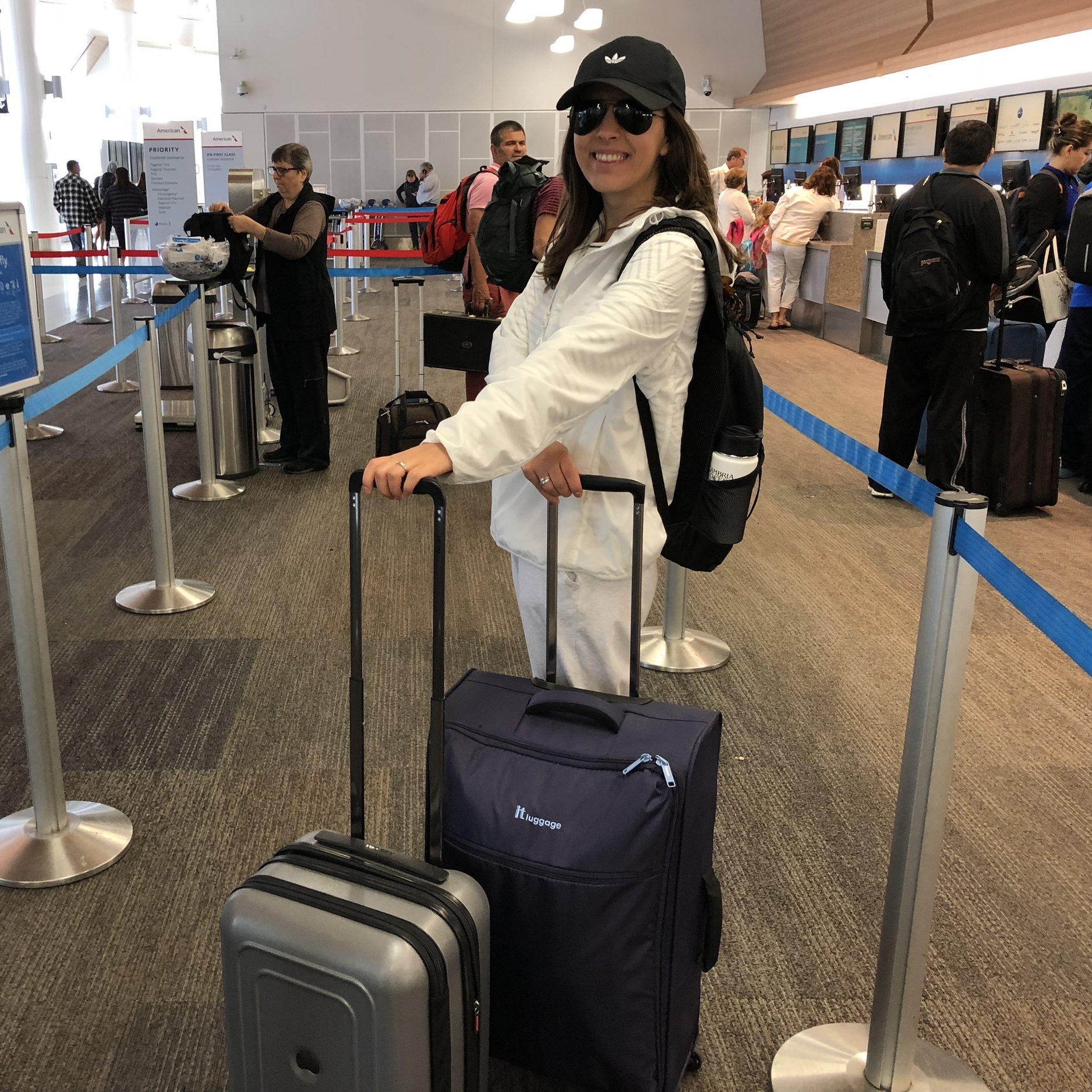
1. Preventative travel triptans
Close friends and family know that I agonize over my monthly triptan count. Part of becoming an informed patient has been educating myself about the risk of medication overuse and the importance of staying as close to or below 10 triptan days a month. Navigating the catch 22 of “this migraine needs medication” and “I’m nearing (or over) my monthly triptan count” is one of the most difficult aspects of chronic migraine for me, and why I rarely take them preventatively. However, at my last appointment, my neurologist and I decided to give travel day triptans a shot. Travel days reliably trigger bad attacks for me, and more often than not it isn’t a question of if I will need a triptan but when (even if I manage to get through the day, the next morning I’m often slammed with a bad one). Since I don’t travel frequently, we decided that adding 2 triptan days to my monthly total for the departure and return days wouldn’t make or break my overall count. So far, this tool has been really helpful for me and helped my body to be more resilient during travel. By taking a double dose of my triptan med, whether I feel like I really need the second one or not, I’ve been able to get through travel days with lower pain and much lower stress about when and if to take the meds.
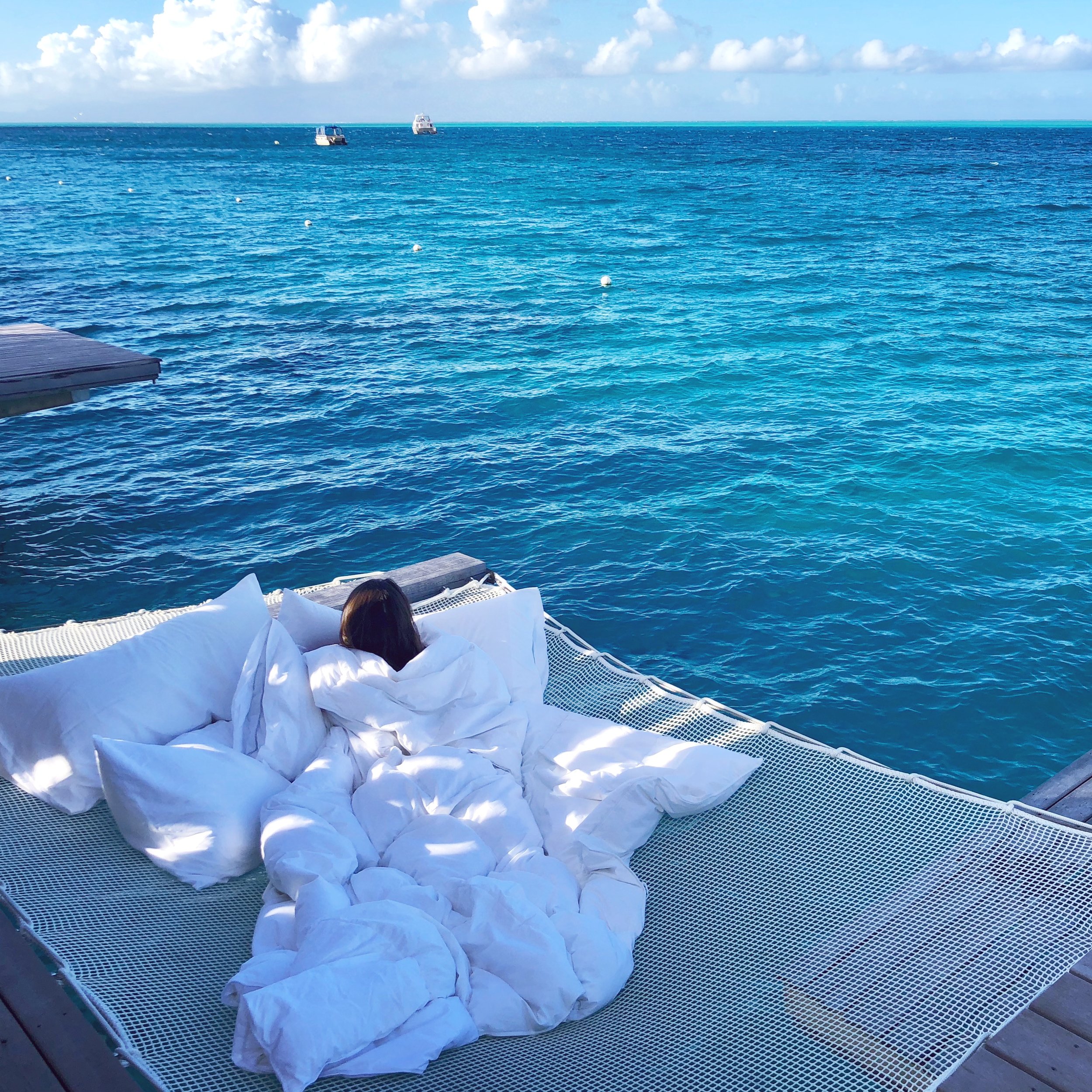
Lots of rest time in this dreamy hammock
2. Pace activities with a “home” mindset
If I’ve learned one thing about the migraine brain from all of my research, it’s that it craves regularity. Keeping routines (wake up time, eating, sleeping, activity level, etc…) consistent is one of the most beneficial things we can do to help calm our hyper-reactive brains and keep migraine pain at bay. Unfortunately, that is much easier said than done, especially when you’re somewhere fun with enticing new activities all around you. However, this trip I really tried to make an effort to compare my vacation days to a typical home day. Going to the beach for just one hour would be a high activity day for me at home…so why would I expect 4 hours of beach time in a single day to be okay just because I’m in a new environment? Likewise, I go out to dinner maybe once a month at home because restaurant noise and evenings are so difficult for my head to tolerate. I realized I was feeling guilty for skipping family dinners without taking into consideration how much exertion they require. After the first few days, I decided to shift my focus onto what an accomplishment it was to make it to one or two throughout the span of the trip (and got real familiar with the room service squad for the rest of the days). By comparing my vacation activities to a normal home day, I found it easier to tell when I needed to sit something out or go rest in the room for a while.
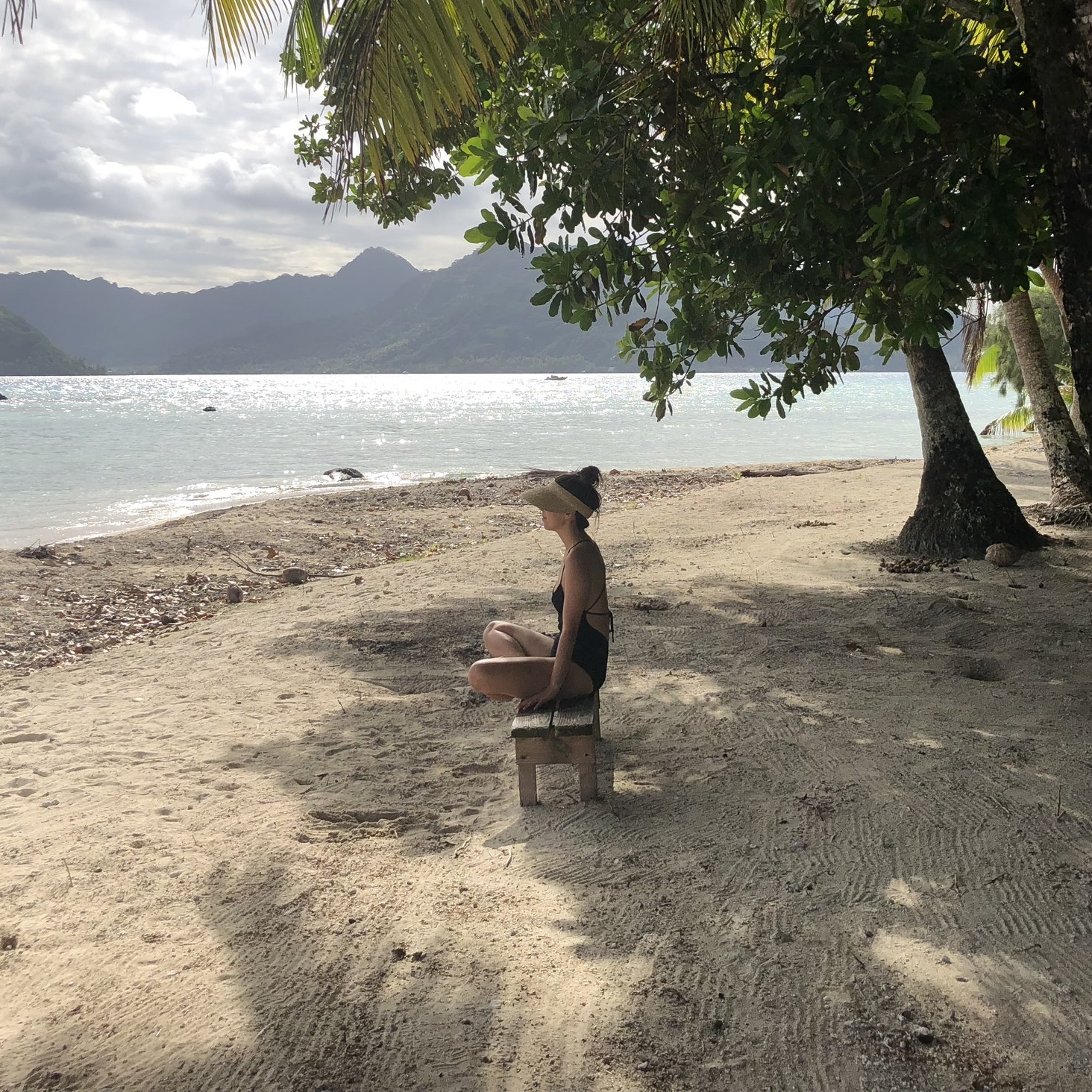
3. Shift expectations
Oh boy, is this one a biggie. This has been a continual work in progress, and something I do at home a lot too. But it really is powerful, both for me and in my relationships. I used to hope for an “amazing head week” before travel, and feel frustrated and let down when things didn’t pan out that way. Now, instead of hoping for a miracle week of no head pain, I put my energy into assuring myself that I will be able to handle and manage whatever comes my way. I’ve dropped expectations of hoping for an anomaly perfect migraine free week, and focus instead on being present for moments of joy and happiness. By seeking out and holding onto the good moments of a trip, I can be less disappointed by difficult ones. I try not to label any day as all good or all bad, and show up for the good without getting too emotionally attached to the bad.

All the gratitude for being able to go on a fam bike adventure!
4. Daily gratitude list
Gratitude is at the top of my “emergency self care” tool kit. When going through rough patches, I can’t emphasize how much gratitude helps me to focus on what is working in my life more than what isn’t. I love the saying “where your attention goes, energy flows”. Simply by making a daily gratitude list, I know I’m helping my thoughts gravitate toward the things that are good in my life. Migraine pain can be such a magnetic dark cloud, and I’ve definitely fallen victim many times to the catastrophization that a bad attack can bring – “I can’t do this anymore”, “this is so unfair”, “I wish I felt better”, “I don’t want to be the only one who can’t go out”, the list goes on and on. I use a daily gratitude list almost like a daily preventative medication. A tool to gently pull my awareness toward love. After doing this practice for many months now, even on my worst days, I can find things to put on my list: the feeling when pain breaks, hot showers during bad attacks, family members who understand and empathize with me, podcasts for distraction, deep breaths. I like to keep a note in my phone and do a running gratitude list while traveling to make it easy to commit to and sustain.

Bad migraine o’ clock
5. Medicate earlier than usual
Concerns about medication overuse headache aren’t limited to my triptan count, and I find it a really difficult call every time I need to take medication. It’s easy to feel like your body is a receptacle for pills when you have chronic migraine, and I’ve often been so discouraged at the end of the month when I tally up my medication counts. Glancing at my headache diary and seeing medication on nearly every day of the month can imply that I take it without a second thought, when the reality is that I try my hardest to treat pain with all of my non-pharmacological tools before resorting to actual meds. But, I truly tried to loosen the pressure around my meds a little bit this trip, and found it both physically and emotionally beneficial. Detaching guilt, frustration, or failure to needing to use my rescue meds is still really hard for me. But I tried to remind myself how much more exertion I was using to get through each day and how much more my body was going through. Part of chronic migraine involves medicating more heavily during times of transition or travel, and I did my best to allow my mind and body to use medication a little more freely.

Cefaly + shower ✅
6. Nightly ritual
This was another small way I tried to keep my migraine brain happy with some regularity. At home, most evenings I have a cup of Four Sigmatic Reishi Hot Cacao before bed, diffuse essential oils (lavender + vetiver + juniper berry is my fav combo right now), shower, use my cefaly device and meditate. Every night during our trip, I did (most) of these things to signal to my body that it was time to wind down and rest. On past trips, I’ve left these things at home but definitely found it useful to incorporate my normal nightly routine into my vacation one. I also brought my eye mask, ice pack, and small pillow. Falling asleep with ice on my eyes is one way I cut down on needing evening meds, and bringing it was sooo worth it! (even though we just had a refrigerator so it wasn’t as chilly as I normally like)

Bananagrams tourney in progress…
7. Bring lots of non-screen entertainment
Even on a normal day at home, regular screen time is reliably triggering for me. Similar to pacing my days with a “home mindset”, I tried to do the same with my screen time. I brought lots of magazines, downloaded so many podcasts and audiobooks and brought yarn to crochet a market bag so that I had plenty of ways to rest without screens. My family also brought a Double Bananagrams Game Set which was so much fun. We are a Scrabble fam and haven’t ever played Bananagrams before, but now we are hooked! It was a great quiet + non-screen activity that we could all do together in the evenings. If you’ve never played, I’d highly recommend it (especially the double set for large groups!)
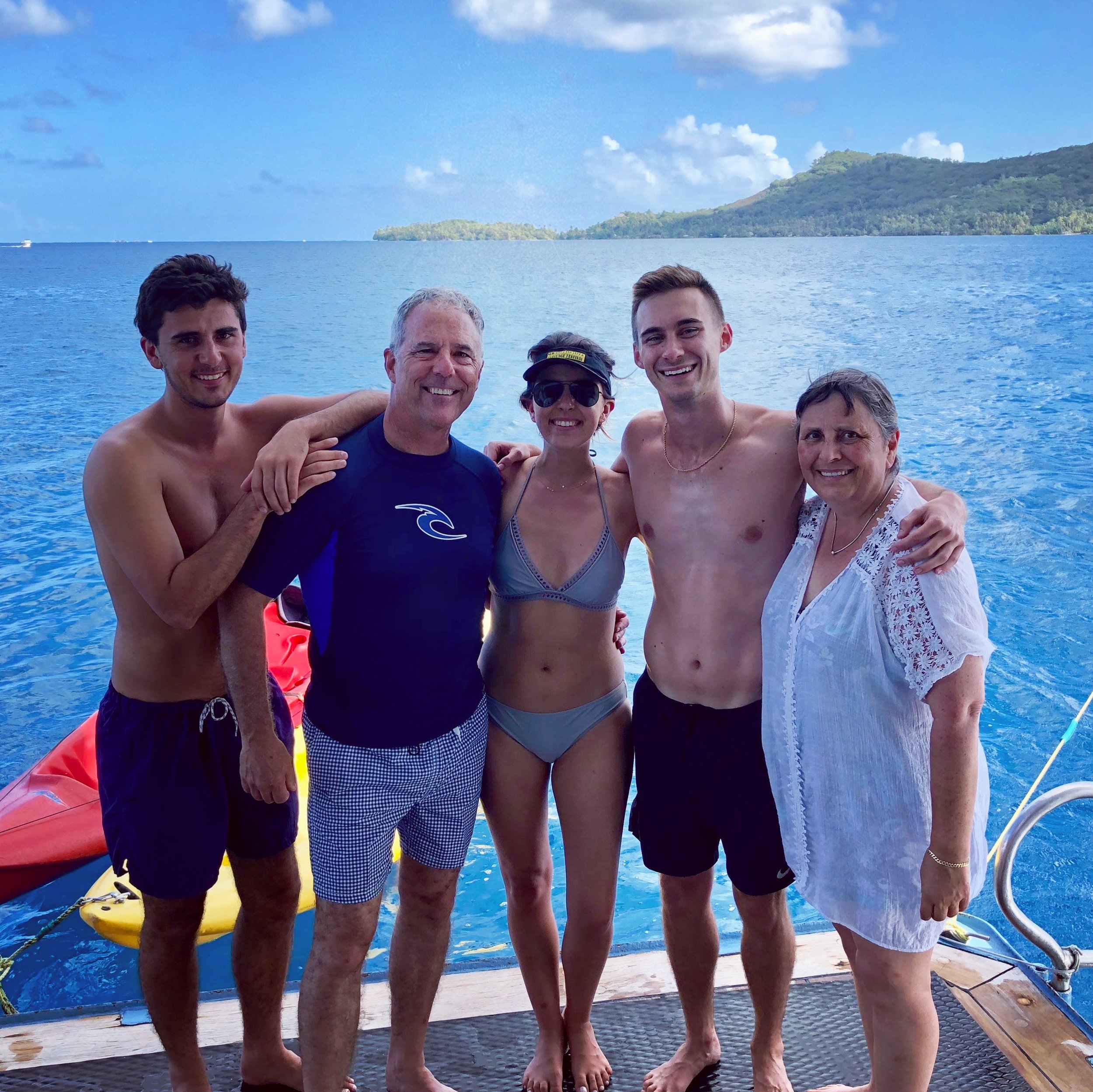
My amazing support squad
8. What’s yours is yours, what’s mine is mine.
I love my family more than I can put into words, and they are undoubtedly my biggest supporters in managing chronic migraine. We are all extremely close, however, this closeness can lead to a little bit of emotional blurring sometimes. Feeling overly guilty about having to take time to rest, or how my health is impacting the group’s activity, is something I really struggle with. As an empath and highly sensitive person, I am hyper-tuned-into the moods of those around me (especially people I really love), and can sometimes take on their emotions. So my motto on this trip, whenever I felt myself taking on emotional energy that wasn’t mine was: stay in your lane. What’s yours is yours, what’s mine is mine. One of my favorite tools for protecting my energy is to “emotionally zip up” (something I learned from the wonderful Sarah Small). For me, it means that before going out in a group (preferably after meditating), I take a few quiet moments to visualize literally zipping up my energetic field, so that when I’m with everyone else I’m not soaking up things that do not belong to me.
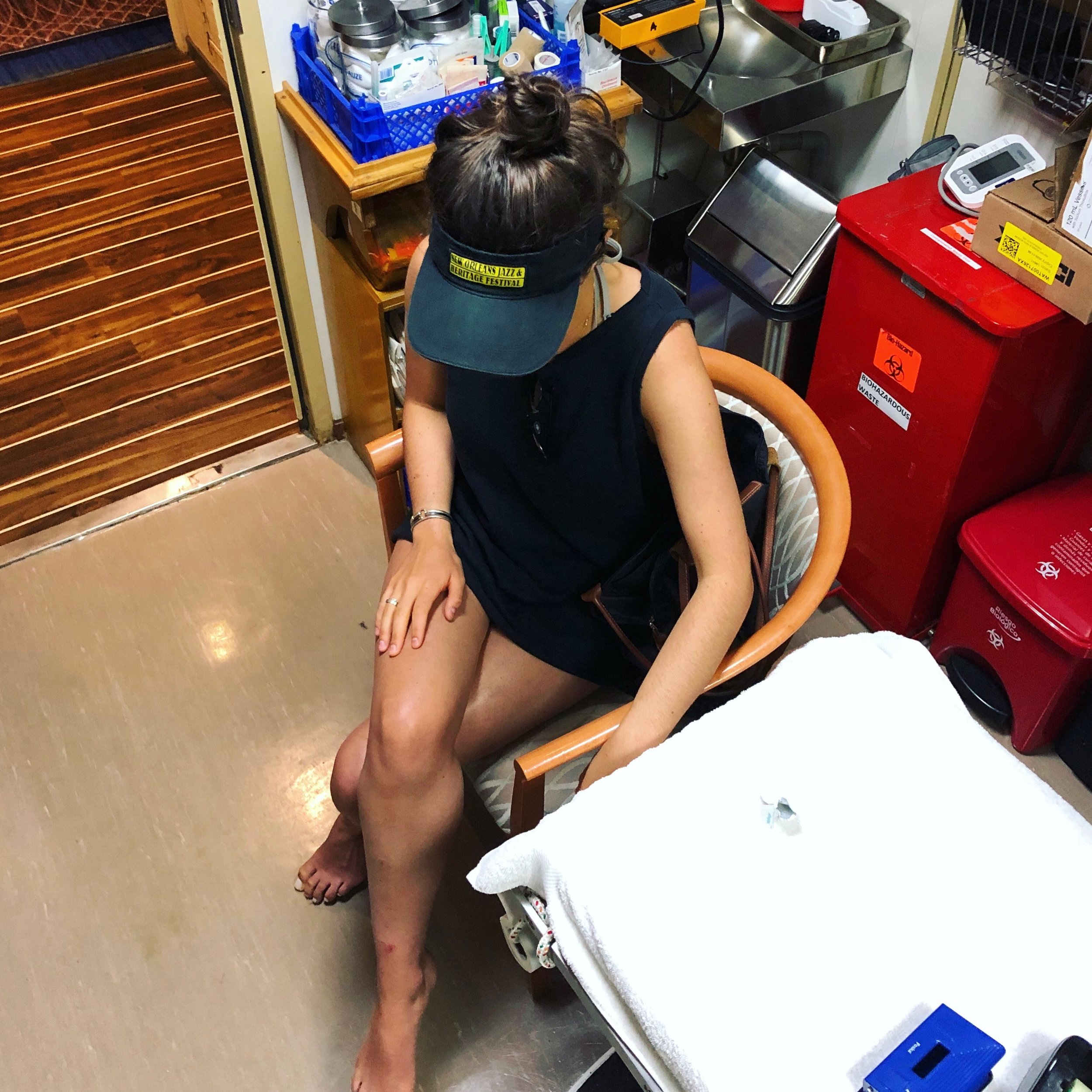
Visiting the ship medic for my doctor’s note
9. Seek accommodations relevant to your trip
I used to be so self conscious about accommodations for migraine because I was afraid people wouldn’t understand. But, it is continuously encouraging how kind people can be when you ask for help. Half of our trip was a cruise, which meant lots of days where shore excursions were the main activity. After seeing the ship medic, I was able to get a doctor’s note and work with the cruise activity director to arrange same-day cancellations for the excursions I was most interested in. Explaining my situation and the reality of the daily unpredictably of chronic migraine was uncomfortable for me. But I was touched by his empathy and willingness to try and work with me. My lesson here was: ask. Ask if you can be moved to a quieter table, if there are activity accommodations that can be made, to stay face up for a whole massage if face down triggers pain…don’t be afraid to ask for whatever will help you. The worst thing that can happen is that you don’t get what you need, but by asserting your needs we open the door for kindness and generosity.

One day at a time, one step at a time
10. “Panic button” backup steroids
Using short course steroid tapers is an emergency tool my neurologist and I have to pull out several times a year when migraine cycles get too out of control. For this trip, she prescribed me a 10 day course of dexamethasone steroids just in case things got really bad. Having this prescription with me really put my nerves at ease, and made me feel secure that I had the necessary tools to handle any crazy cycle migraine tried to throw my way. Trusting myself to “make the call” on when to push the panic button was a big area of growth for me, as it is something I’ve really struggled with and relied on my doctor to decide for me in the past. If you have ever been in status migrainosus or are afraid of a multi-day attack that won’t respond to meds while on a vacation trip, it might be worth discussing with your doctor as a last resort rescue med.
That’s it for this trip recap! I hope you find some of these suggestions useful and can incorporate them when you travel. For years I was truly afraid that travel with chronic migraine was impossible, and although sometimes it is, there can also be seasons where it is manageable. Sending everyone lots of love and strength!
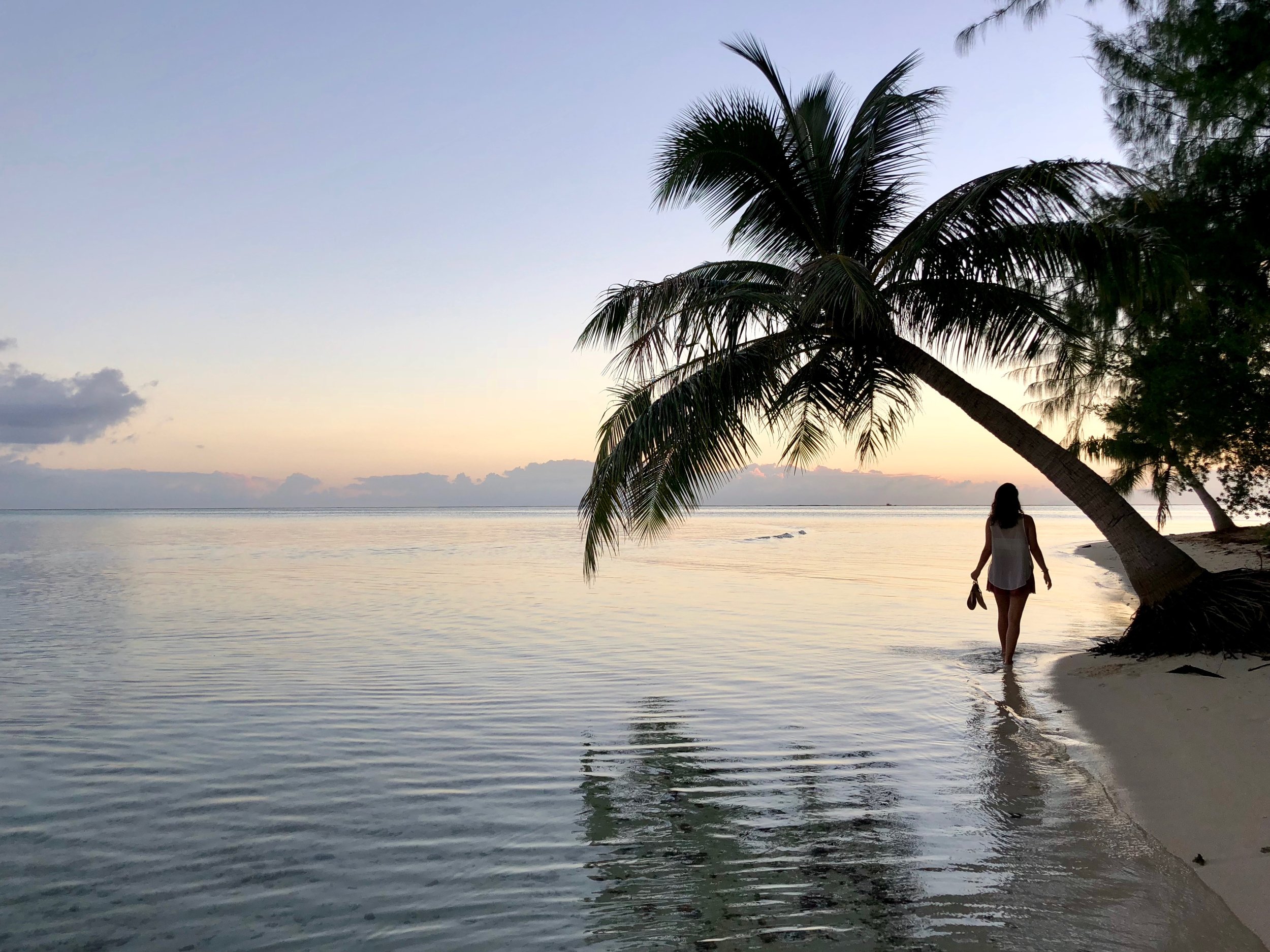
July 8, 2018
Meet Natalie
I share each step along my road to wellness and healing and hope that in doing so I can inspire you along your own path. Thank you so much for being here.
You’re an amazing human and I’m continuously impressed by you
Aw love you girlfriend thank you for all the support all the time